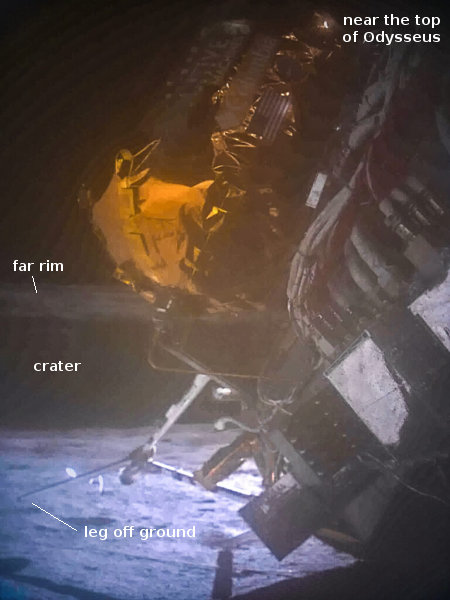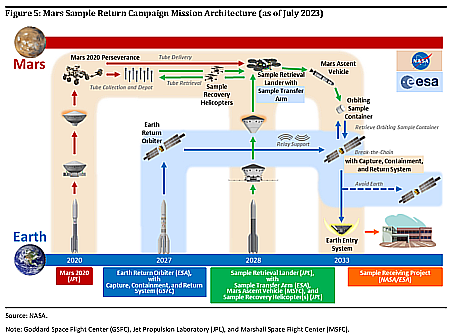SpaceX almost completes dress rehearsal countdown of Starship/Superheavy
According to a tweet from SpaceX, the company yesterday conduceted a dress rehearsal countdown of Starship/Superheavy, ending the rehearsal at T-10 seconds so that no static fire test of Superheavy’s engines occurred.
Starship completed its rehearsal for launch, loading more than 10 million pounds of propellant on Starship and Super Heavy and taking the flight-like countdown to T-10 seconds.
Prior to all its launches SpaceX routinely does this kind of rehearsal, but always ends them at T-0 and a short engine burst. That it did not do so here suggests either some issue prevented it, or the company was doing tests of its propellant loading procedures. Either way, it is likely another dress rehearsal countdown will be required before the actual test flight can occur.
I also suspect the FAA is involved in this in some way, demanding certain actions by SpaceX before the agency issues the launch license. At the moment there is no word when that license will be issued, though Elon Musk keeps saying on X that it is coming “soon.”
According to a tweet from SpaceX, the company yesterday conduceted a dress rehearsal countdown of Starship/Superheavy, ending the rehearsal at T-10 seconds so that no static fire test of Superheavy’s engines occurred.
Starship completed its rehearsal for launch, loading more than 10 million pounds of propellant on Starship and Super Heavy and taking the flight-like countdown to T-10 seconds.
Prior to all its launches SpaceX routinely does this kind of rehearsal, but always ends them at T-0 and a short engine burst. That it did not do so here suggests either some issue prevented it, or the company was doing tests of its propellant loading procedures. Either way, it is likely another dress rehearsal countdown will be required before the actual test flight can occur.
I also suspect the FAA is involved in this in some way, demanding certain actions by SpaceX before the agency issues the launch license. At the moment there is no word when that license will be issued, though Elon Musk keeps saying on X that it is coming “soon.”










